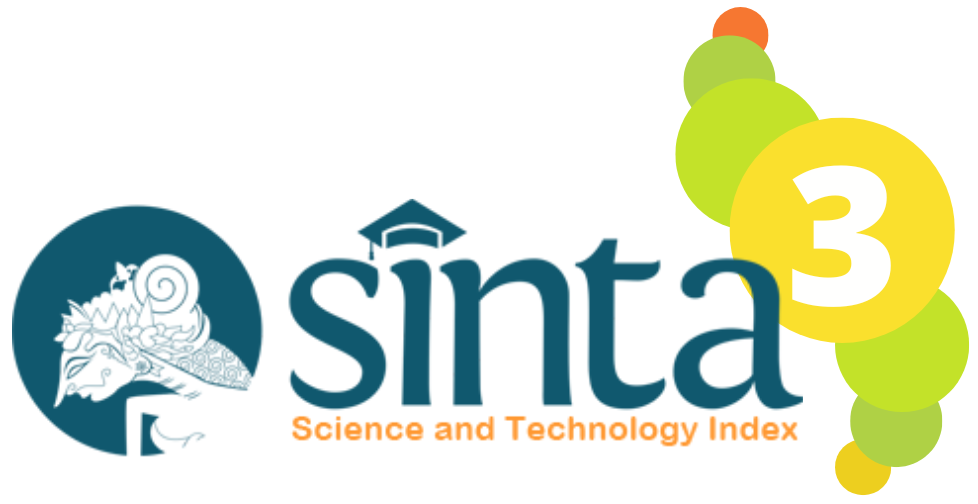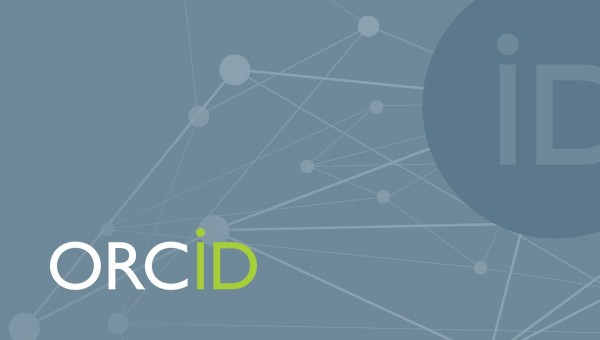E-Modules Based on Contextual Wetlands to Improve Mastery of Physics Concepts of High School Students
DOI:
10.29303/jpft.v11i1.9048Published:
2025-06-23Issue:
Vol. 11 No. 1 (2025): January-JuneKeywords:
E-Modules, Contextual wetlands, Concept masteryArticles
Downloads
How to Cite
Downloads
Metrics
Abstract
E-modules based on the wetland context represent one of the alternative teaching materials that can support the learning process. This study aims to develop a physics e-module contextualized with wetlands using Adobe Captivate software, with the goal of enhancing its effectiveness in classroom instruction. The research employed a Research and Development (R&D) approach conducted at SMA Negeri 1 Lempuing. The e-module was designed following the ADDIE development model, specifically for the topic of Archimedes’ Principle. The feasibility of the e-module was evaluated in terms of validity, practicality, and effectiveness. Validation results from media, content, and language experts yielded an average total score of 90.37%, categorized as very valid. Product trials with students resulted in a practicality score of 89.9%, indicating that the module was well-received. In terms of effectiveness, the e-module achieved an N-gain score of 0.64, which falls within the moderate category. These findings demonstrate that the developed e-module is valid, practical, and effective in improving high school students’ mastery of physics concepts.
References
Al Gharsi, Abdullah Yahia, Fozi Ali Belhaj, and R. N. (2024). Academic Autonomy as Driving Change: Investigating Its Effect on Strategy Development and University Performance. Heliyon, 10(8). DOI: https://doi.org/10.1016/j.heliyon.2024.e29536
Apriani, H., Murniati, & Pasaribu, A. (2016). Pengembangan Handout Dinamika Rotasi dan Kesetimbangan Benda Tegar Berbasis Kontekstual Kelas XI IPA SMA. Jurnal Inovasi Dan Pembelajaran Fisika, 3(2).
Azhari, T., & Sahputri, J. (2021). Hubungan Antara Sarana Pendukung, Proses, Dan Hasil Pembelajaran. Lentera, 5(2), 33–36.http://journal.umuslim.ac.id/index.php/ltr2/article/view/496/409
Copriady, J., Iswandari, S. N., Noer, A. M., & Albeta, S. W. (2020). Pengembangan E-Modul Berbasis Moodle Pada Materi Hidrokarbon. Edusains, 12(1), 81–88. https://doi.org/10.15408/es.v12i1.11503 DOI: https://doi.org/10.15408/es.v12i1.11503
Hake, R. R. (1998). Interactive-engagement versus traditional methods: A six-thousand-student survey of mechanics test data for introductory physics courses. American Journal of Physics, 66(1), 64–74. DOI: https://doi.org/10.1119/1.18809
Ipek, H., Kala, N., Yaman, F., & Ayas, A. (2020). Using POEStrategy to Investigate Student Teachers’ Understanding about the Effectof Substance Typeon solubility. Procedia -Social and Behavioral Sciences, 2(2), 648–653. https://doi.org/10.1016/j.sbspro.2010.03.078. DOI: https://doi.org/10.1016/j.sbspro.2010.03.078
Ishaq, I. M., Khaeruddin, K., & Usman, U. (2022). Analisis Kemampuan Berargumentasi Dalam Pembelajaran Fisika Peserta Didik Sma Negeri 8 Makassar. Jurnal Sains Dan Pendidikan Fisika, 17(3), 211. Doi: https://doi.org/10.35580/jspf.v17i3.29781 DOI: https://doi.org/10.35580/jspf.v17i3.29781
Jannah, A. N., & Yuliati, L. (2016). Melalui Pembelajaran Inquiry Lesson dengan Strategi Lbq. 409–420.
Krathwohl. D. R. (2002). A Revision of Bloom’s Taxonomy. Theory Into Practice, 41(2). DOI: https://doi.org/10.1207/s15430421tip4104_2
Martin, M., Syamsuri, S., Pujiastuti, H., & Hendrayana, A. (2021). Pengembangan E-Modul Berbasis Pendekatan Contextual Teaching And Learning Pada Materi Barisan Dan Deret Untuk Meningkatkan Minat Belajar Siswa SMP. Jurnal Derivat: Jurnal Matematika Dan Pendidikan Matematika, 8(2), 72–87. https://doi.org/10.31316/j.derivat.v8i2.1927 DOI: https://doi.org/10.31316/j.derivat.v8i2.1927
Maya alviana, A. S. & R. A. (2024). PENGEMBANGAN E-MODUL KONTEKS LAHAN BASAH MENGGUNAKAN FLIPBOOKPADA MATERI PERSAMAAN KUADRAT KELAS IX. Jurmadikta (Jurnal Mahasiswa Pendidikan Matematika), 4(1), 63–72. https://doi.org/10.20527/jurmadikta.v4i1.2271 DOI: https://doi.org/10.20527/jurmadikta.v4i1.2271
Mulyani, T. (2019). Pendekatan Pembelajaran STEM untuk menghadapi Revolusi. Seminar Nasional Pascasarjana, 455.
Novianto, Abdi & Diana, N. (2019). Penerapan Program Crocodile Physics Sebagai Media Pembelajaran Dalam Upaya Meningkatkan Pemahaman Konsep Fisika. Indonesian Journal of Science and Mathematics Education, 2(1), 1–8. DOI: https://doi.org/10.24042/ijsme.v2i1.3969
Pertiwi, A. I. (2022). PENGEMBANGAN E-MODUL BERBASIS KONTEKSTUAL LAHAN BASAH PADA MATERI FLUIDA STATIS UNTUK PESERTA DIDIK SEKOLAH MENENGAH ATAS.
Rilia Iriani, Anna Herlina, Y. I. (2019). Modul pembelajaran problem-based learning berbasis lahan basah untuk mempersiapkan calon pendidik berwawasan lingkungan lahan basah. Jurnal Inovasi Pendidikan IPA, 5(1). https://doi.org/10.21831/jipi.v5i1.23337 DOI: https://doi.org/10.21831/jipi.v5i1.23337
Suastika, I. ketut, & Rahmawati, A. (2019). Pengembangan Modul Pembelajaran Matematika Dengan Pendekatan Kontekstual. JPMI (Jurnal Pendidikan Matematika Indonesia), 4(2), 58–61. https://doi.org/10.26737/jpmi.v4i2.1230 DOI: https://doi.org/10.26737/jpmi.v4i2.1230
Suhartin, Y. (2017). Analisis Pemahaman Konsep Spektrum Cahaya Pada Peserta didik SMA Kelas XII. Seminar Nasional Pendidikan Fisika 2017, 2(1).
Tyas, L., D. (2020). Identification the Need of Electronic-Based Physics Teaching Materials for Increasing Problem Solving Ability in the 21st Century. Prosiding SNFA (Seminar Nasional Fisika Dan Aplikasinya), 5. https://doi.org/10.20961/prosidingsnfa.v5i0.46601 DOI: https://doi.org/10.20961/prosidingsnfa.v5i0.46601
Widiastuti, N. L. G. K. (2023). E‑Module dengan pendekatan kontekstual pada mata pelajaran IPA. Jurnal Ilmiah Pendidikan Dan Pembelajaran, 5(3). DOI: https://doi.org/10.23887/jipp.v5i3.37974
Widyasari, K., & Simatupang, G. M. (2021). Pengembangan E-modul Matematika Berbasis Android Dengan Pendekatan Kontekstual Untuk Meningkatkan Minat Belajar Siswa. EDU-MAT: Jurnal Pendidikan Matematika, 2579.
Author Biographies
Betty Lusiana, University of Sriwijaya
Master of Physics Education
Apit Fathurohman, University of Sriwijaya
Master of Physics Education
Kistiono Kistiono, University of Sriwijaya
Physics Education Study Program
License
Copyright (c) 2025 Betty Lusiana, Apit Fathurohman, Kistiono Kistiono

This work is licensed under a Creative Commons Attribution-ShareAlike 4.0 International License.
Authors who publish with Jurnal Pendidikan Fisika dan Teknologi (JPFT) agree to the following terms:
- Authors retain copyright and grant the journal right of first publication with the work simultaneously licensed under a Creative Commons Attribution License 4.0 International License (CC-BY-SA License). This license allows authors to use all articles, data sets, graphics, and appendices in data mining applications, search engines, web sites, blogs, and other platforms by providing an appropriate reference. The journal allows the author(s) to hold the copyright without restrictions and will retain publishing rights without restrictions.
- Authors are able to enter into separate, additional contractual arrangements for the non-exclusive distribution of the journal's published version of the work (e.g., post it to an institutional repository or publish it in a book), with an acknowledgement of its initial publication in Jurnal Pendidikan Fisika dan Teknologi (JPFT).
- Authors are permitted and encouraged to post their work online (e.g., in institutional repositories or on their website) prior to and during the submission process, as it can lead to productive exchanges, as well as earlier and greater citation of published work (See The Effect of Open Access).










